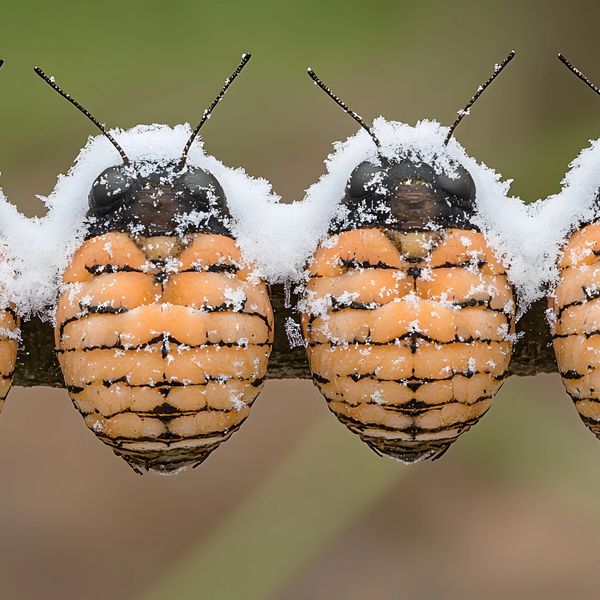seasonal care

Winter Maintenance For A Happy Hotel
As the cold sets in, it’s time to make sure your bug hotel is properly prepared to handle winter’s chill. Winter is a time when insects are in hibernation or dormant, but they still need a safe, dry, and stable environment.
One of the biggest risks to your bug hotel in the winter is temperature fluctuations. Just like humans don’t like a sudden cold draft, your insect guests don’t want to be subjected to freezing temperatures or sudden warm spells that can disturb their dormancy. In addition, too much moisture or extreme cold can ruin the conditions for overwintering bugs which need to stay snug and safe until spring.
To prevent temperature-related problems, make sure the hotel is positioned in a sheltered area—preferably where it will be protected from direct winds and harsh weather conditions. Overhanging eaves, porches, or sheds work great!
If the temperature plummets unexpectedly, you can also consider adding a protective cover like a light tarp or wrapping the hotel in breathable fabric to shield it from extreme cold while still allowing for ventilation.

Keep Your Tiny Tenants Safe In The Cold
After a quiet winter season, your bug hotel will soon welcome a whole new generation of guests! But just as you wouldn’t let a newborn guest suffer from unsanitary conditions, you’ll need to ensure that your baby broods are well taken care of.
The tiny larvae and eggs of your insect guests rely on clean, safe accommodations to hatch and thrive.
As the days grow warmer, it's time for your overwintered insect guests to start checking out. The emergence of mason bees and other solitary bees can happen as early as spring, so it’s important to act in a timely manner.
To avoid disturbing the new hatchlings in spring, place the overwintered hotels in a dark container with a small hole (about 1 cm wide). The tiny hole prevents the babies from re-entering, while still allowing them to safely exit.
The light from the hole will guide them, but they won’t be able to recheck into their old room, ensuring they start their season off right.

Springtime Preparation
Before the busy season kicks off, it’s important to clean and sanitize any nesting materials that will be reused.
While most tubes can’t be thoroughly cleaned and sanitized after use, blocks and bricks can be reused if they are properly disinfected. Use a dilute bleach solution (1 part bleach to 4 parts water) to scrub down.
Also, take the time to check for any signs of wear and ensure the hotel’s structure is still intact and weather-resistant. A thorough spring inspection ensures that your hotel is ready to provide a safe and comfortable stay for all your new guests.
As spring approaches, make sure you have fresh nesting materials available. Reeds, tubes, and liners should all be replaced, and new materials should be added to give the new arrivals a variety of options.
With everything cleaned, refreshed, and ready to go, your bug hotel is now the ideal destination for bees, lacewings, beetles, and so many other pollinators to check in!
Copyright © 2024 Bug Hotel Rewilding Project - All Rights Reserved.
Morgan Todhunter